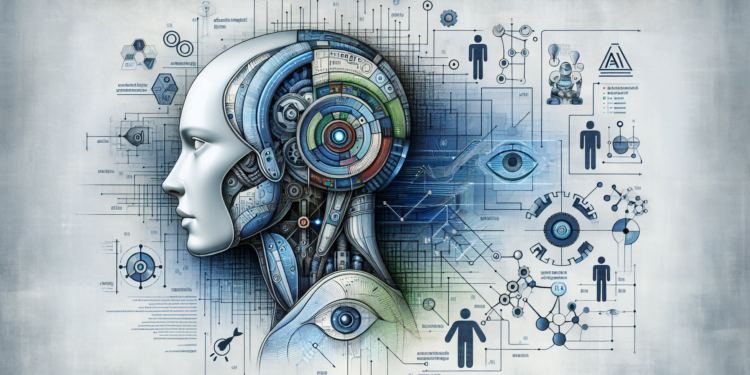Artificial intelligence (AI) and human-robot interactions represent rapidly growing and important fields in modern technology, and the focus here would be that of a specialized article, given the depth of the subject matter and the interest of an expert audience in the technical aspects, implications, and future developments of such interactions.
Language, Consciousness, and Empathy: The New Frontier in Human-Robot Interaction
Interactions between humans and robots, a topic that once belonged to the realm of science fiction, now form a vital area of study in the field of artificial intelligence. These interactions play out across multiple dimensions: language, autonomy, adaptability, and empathy, among others. This article explores the latest research and developments that are defining this new frontier.
From the origins of the quest to endow machines with intelligence, researchers have considered the ability of these machines to understand and engage in human language as critical. Natural language processing (NLP) has advanced significantly, moving from simple programmed commands to the ability to understand and generate open and contextual language. Recent developments in deep learning models have catapulted this capability, allowing robots to interpret not just linguistic content but also the underlying emotions in tone and context.
A central component in human-robot interaction is the AI’s situational awareness. Through increasingly sophisticated algorithms, robots can comprehend their environment and act proactively. Case studies in assistive robotics illustrate how these advances have enabled robots to anticipate human needs, thereby improving the lives of people with disabilities or the elderly.
In terms of empathy, an emerging area of interest is the social and emotional capability of robots. Research on computational affectivity has made progressive strides, and current AI models are being equipped with sensors and algorithms that enable them to read and respond to human emotional signals.
With advances in these areas, robots are no longer mere assistants; they are becoming companions and collaborators.
New approaches in AI have led to the creation of machines that learn not only through direct programming but also by observation and through interaction with people. Reinforcement learning, combined with techniques of imitative learning and style transfer, has allowed robots to adapt their behavior in ways that were unimaginable just a decade ago.
To understand the scope of these interactions, the concept of “robot as co-worker” has been developed, underscoring the robot’s importance in collaborative environments. Collaborative robots, or cobots, are designed to interact with humans in shared workspaces, with an emphasis on safety and on the complementarity of skills between humans and machines.
The technical challenges of this evolution are not trivial. The integration of cutting-edge sensors, the refinement of robotic mechanics for fluid and precise movements, and the design of intuitive interfaces for human collaboration are just some of the areas where engineers and AI designers continue to work intensively.
However, the challenges are not only technical. The ethics of human-robot interactions and AI are also at the forefront. As these systems become more complex and integrated into society, concerns about privacy, autonomy, and the effects on employment necessitate profound dialogues and considered regulations.
Looking towards the future, human-robot interactions will not only transform the economy and society but will also challenge and expand our conceptions of intelligence, collaboration, and perhaps even of the human condition itself. As we continue to build and live with these artificial intelligences, it becomes imperative to consider not only what robots can do for us but also what it will mean for our species to share our world with these incredibly sophisticated creations.
In conclusion, as we move toward an era where human-robot interaction forms a central pillar in technological daily life, ethical, technical, and philosophical considerations will be essential for navigating this new landscape. The implications of this emerging symbiosis present both unprecedented opportunities and formidable challenges, marking the beginning of a fascinating chapter in the history of humanity and technology.
The creation of this AI glossary in human-robot interaction provides a crucial foundation for those seeking to understand and develop next-generation technologies, ensuring that the path forward is both informed and enlightened by the wisdom accumulated to the present.






















